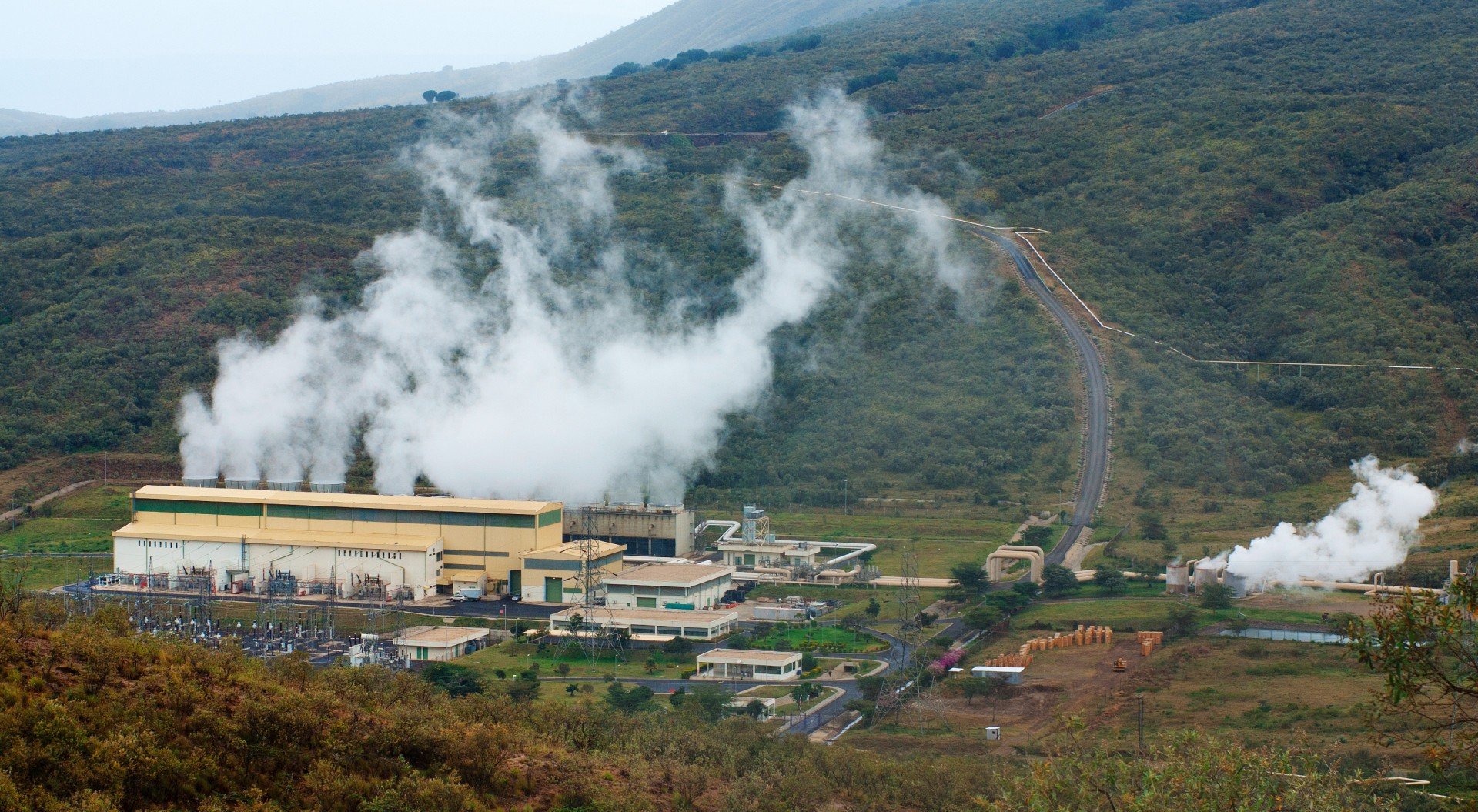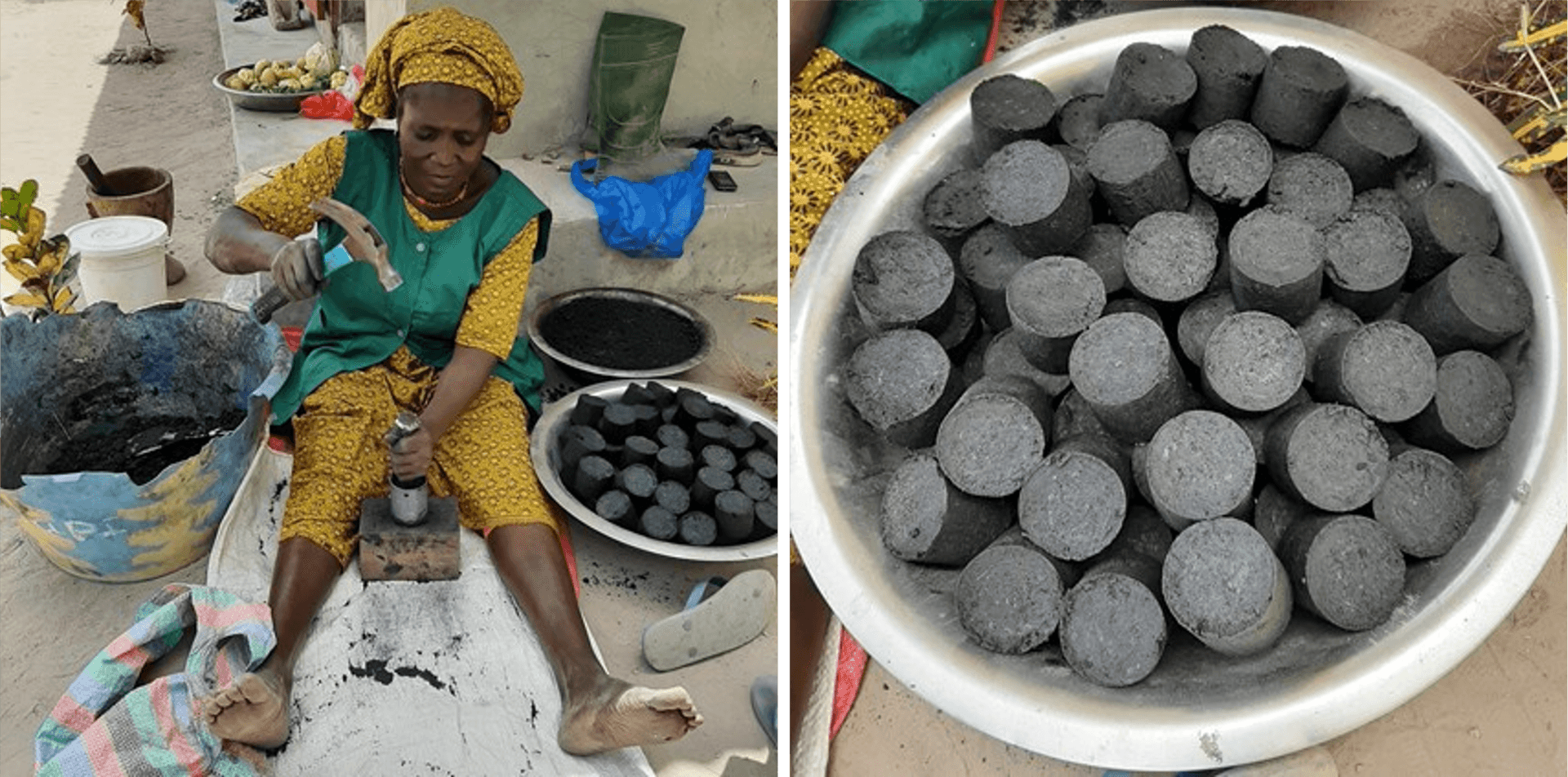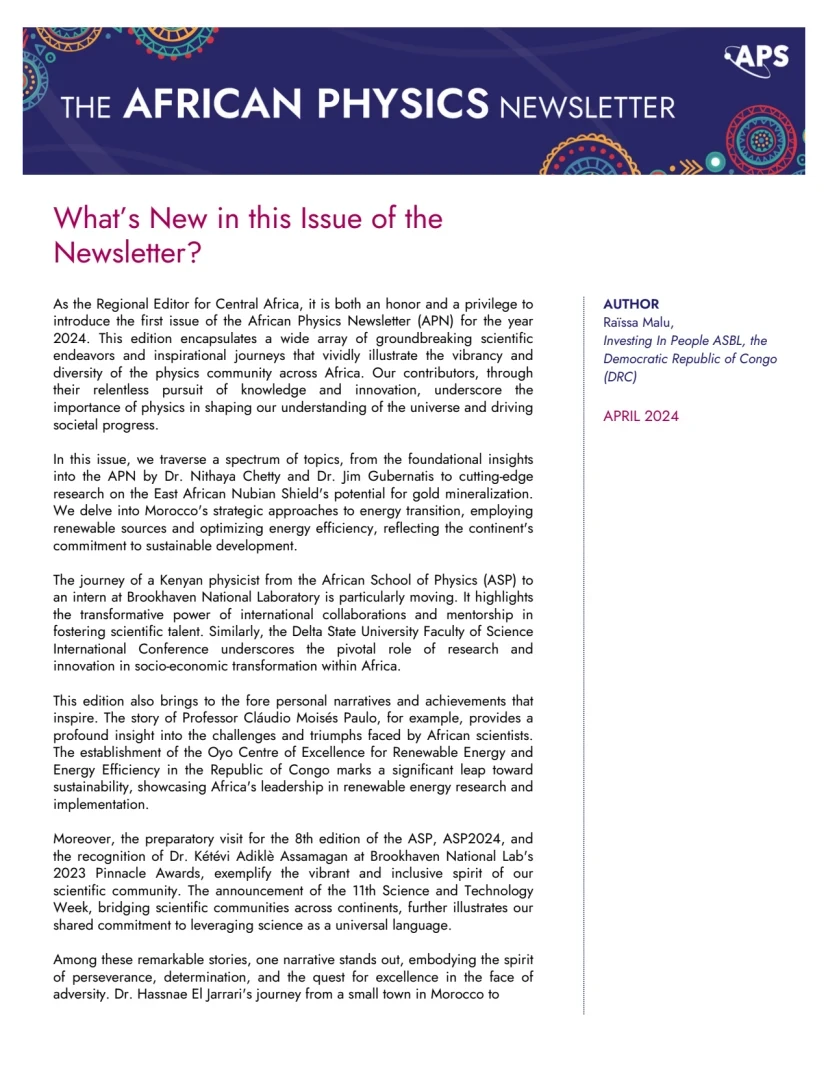Physicists Are Tackling Renewable Energy Projects to Bolster Africa's Energy Future
Scientists are working across disciplines and borders to support growth in sustainable energy.

Many countries across Africa have an enormous need for more plentiful and reliable energy. While abundant energy potential exists on the continent, many resources remain untapped. Meanwhile, "over 650 million people across the continent still lack [electricity] access," says Rebekah Shirley, deputy director for Africa at the World Resources Institute. "The question of energy access is quickly becoming almost exclusively an African challenge."
The consequences of lagging energy access are high: Energy poverty, or a lack of access to reliable electricity, reinforces economic poverty, says Rose Mutiso, research director of the Energy for Growth Hub, a global energy think tank.
Yet renewable energy could help meet these needs — and African physicists are playing a key role, working across disciplines and borders to enable sustainable growth in energy access.
Addressing increasing challenges
Without significant progress, Africa's energy challenges are expected to persist. "The latest estimates suggest that by 2050, Africa will be the most populous continent on Earth, housing 80% of the world's poor and 90% of those without energy access,” notes Shirley. That's “all while housing some of the most climate-vulnerable communities on Earth, and having contributed less than 5% of global carbon emissions."
Renewable energy could play a role in the solution. In 2020, just 9% of Africa's energy came from renewable sources, according to collaborative work by the World Economic Forum and Statistica. But one team of researchers projects that, by 2040, 76% of Africa's electricity needs could be met through renewable energy.
By conducting research on "the physics of energy fuels and technology," physicists can contribute to the future of African countries’ energy, Shirley says. "Even the way that we do standardized testing for energy technologies is not necessarily adapted to Global South testing conditions or environments where technology will be operated or deployed," she notes.
Local physicists will be better able to identify current gaps and their remedies — local physicists like Diouma Kobor, director of the chemistry and physics of materials laboratory at Assane Seck University of Ziguinchor in Senegal, a West African nation of 17.3 million people.
In Senegal, energy access varies widely. "In the urban areas, the energy access is around 80%, and in the rural areas, the percentage is low — around 60% or sometimes 50%," says Kobor, who's also the general director of Senegal's National Agency for Renewable Energy. Senegal gets about 30% of its energy from renewable sources but aims to hit 40% by 2030, Kobor says.
Kobor is one of a growing number of physicists across Africa focused on energy research. He studies photovoltaic cells, including "how to use new materials — advanced materials, like perovskites," he says. He's also experimenting with using molecules from local plants to increase the efficiency of solar cells.
Cooking fuel is another area of focus for scientists in Senegal and beyond. Lat Grand Ndiaye, a physicist also at the Assane Seck University of Ziguinchor, studies "energy polarization of biomass in solid fuels," such as briquettes — compressed blocks of combustible biomaterial. Used for cooking, heating, and electricity, briquettes are an alternative energy source that "allows us to fight against deforestation by the excessive cutting of wood," Ndiaye says.

By tapping into renewable energy sources like these, African nations could reduce fuel prices for consumers, businesses, and social infrastructure. Senegal's energy costs are "very high compared to many, many countries in Africa," Kobor says.
However, there are challenges in transitioning to renewable energy, including limited financing, undeveloped infrastructure, and difficult business environments. And aging national infrastructure can impede the reliability of local energy, Kobor says. Increasing countries' reliance on renewable energy may not immediately rectify this, because sources such as wind and solar power are inherently variable.
Regulations are also often lacking. In some countries, policies aren't yet in place that would enable individuals or companies to sell renewable energy they’ve generated to the grid, says Robinson Musembi, a physicist at the University of Nairobi in Kenya who researches photovoltaic cells.
Harnessing unique natural resources
Each African country’s renewable energy future will depend on its strengths and resources — and in many countries, physicists have helped capitalize on these resources. For instance, "Kenya's grid is almost 90 percent renewable," Mutiso says, and physicists played key roles in making the country "one of the biggest producers of geothermal energy in the world.”
Kenya’s success with geothermal energy “dates back decades,” to the work of physicists and geophysicists "who set the basis for those early explorations and early characterization of our geothermal resource, and [who] helped build the workforce,” says Mutiso.
The country’s energy has also been bolstered through the Last Mile Connectivity Project, a government program funded through a World Bank grant. "Even in the villages, the availability [of electricity] is actually very good,” says Musembi.
However, few African countries share Kenya's access to natural geothermal resources. And while some countries have natural resources conducive to renewable power, harnessing those resources is fraught with logistical and financial obstacles.
Musembi gives the example of the Democratic Republic of Congo. "It has very large rivers, but because of the dense forest and other factors, [historically], it has been impossible to develop [hydropower] infrastructure," he notes. This means that, although much of the DRC's electricity comes from hydropower, the overall supply remains limited. Musembi says efforts are underway in the DRC to develop large dams that could supply hydroelectric power, and even yield excess energy that could be exported to other countries.
Collaborating for renewable energy success
While each country’s path toward energy growth may look different, collaboration across geographic borders has proven important.
For instance, Morocco aims to get more than half of its electricity from renewable energy by 2030, according to Haddou El Ghazi, a physicist at Hassan II University of Casablanca — and collaborations with other nations, organizations, and funders are a key strategy. Recent international agreements cover “training and experience sharing, cooperative program execution, technology and information transfer, and program implementation,” El Ghazi wrote in the African Physics Newsletter.

Cross-border research partnerships are also key to knowledge-sharing. Kobor and Ndiaye are involved in Bio4Africa, a collaboration between several African countries, European countries, and India. The organization is working to develop and deploy biomass-based technologies, like green biorefining, in African communities. In pilot programs in Uganda, Ghana, Senegal, and Ivory Coast, farmers and pastoralists are testing these technologies in the real world.
Partnerships can also help address energy reliability issues. For example, "cross-border trading between countries" could offset the inherent variability of solar or wind, says Shirley. Such efforts are being promoted by initiatives like the Africa Clean Energy Corridor, which involves countries in Eastern Africa and Southern Africa.
Developing the workforce
Among African students, there's high interest in research and training connected to renewable energy, according to Kobor and Ndiaye. But funding remains a challenge. As Di Caelers and Dann Okoth wrote in Nature Africa in December 2023, “17 years after African Union member states committed to spending 1% of their GDP on research and development, the continent’s funding is at only 0.42%, in sharp contrast to the global average of 1.7%.”
This can pinch researchers and students alike. For instance, Kobor and Ndiaye say that one competitive research fund through the Senegalese government offers each team a maximum amount equivalent to about €30,000 (about $32,700). "The amount is awarded to a team often belonging to more than one university," Ndiaye says.
That amount can help researchers perform some work in their labs but still leaves them without specialized instruments. Collaborations with European colleagues can help, Ndiaye adds, but there's an enormous need for local funding to support researchers in their own labs.
For the many students who are interested in establishing their own businesses, providing solar cells, biofuels, or electronic waste recycling, it's sometimes possible to secure funding by winning inter-university competitions, Kobor says. He's also working with a colleague in South Africa to start a student exchange program.
Some institutions, meanwhile, are training students for new careers in renewables. In Kenya, the University of Nairobi offers a popular program called the Solar Academy. Students, business professionals, and photovoltaic cell installation technicians receive two weeks of targeted training on solar panel installation. The Solar Academy has trained at least two cohorts per year since 2012, and other universities, both inside and outside of Kenya, offer similar programs, Musembi says.
Investing in this workforce could help many countries in Africa build their renewable energy futures. "The continent holds so many renewable energy resources, more than the whole world would need," Shirley says — "more than sufficient to meet the electricity needs of the continent."
